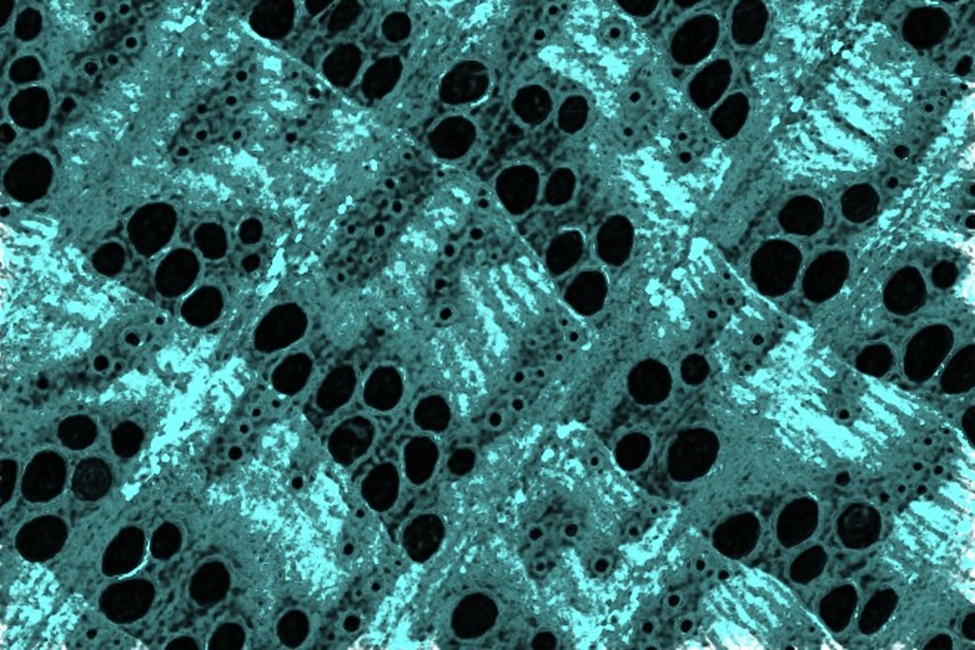FAU Engineers Reinforce Wood with Nano-Iron for Stronger, Greener Structures

Wood, but stronger. That’s pretty much the idea behind the latest study from Florida Atlantic University engineers and the University of Miami and Oak Ridge National Laboratory researchers. The new way to make wood tougher? By injecting it with iron at the nanoscale. The study, recently published in ACS Applied Materials and Interfaces, shows how a low-cost, eco-friendly treatment can reinforce wood’s tiny cell walls without making it heavier or compromising its natural flexibility.
The team focused on red oak, a common hardwood from North America. By introducing an iron compound into the wood and triggering a simple chemical reaction, they created ferrihydrite — a nanocrystalline iron oxide — directly inside the wood’s microscopic structure. The results? Stronger cell walls. Minimal added weight. No toxic materials. And most importantly, the wood still behaves like wood.
This approach opens the door to using enhanced wood in place of traditional materials like steel or concrete in buildings, bridges, furniture, and flooring. With over 181 billion tons of wood produced globally each year, the impact could be massive.
What makes this different is the level of detail. The researchers didn’t just test whole planks — they examined the material from the inside out. Using advanced tools like atomic force microscopy and nanoindentation inside a scanning electron microscope, they measured stiffness and elasticity at the smallest scale. Then they scaled up, performing real-world bending tests on full wood samples.
The tests revealed a paradox: while the nano-treated wood was stronger at the microscopic level, the bonding between larger cells weakened slightly, keeping the wood’s overall behavior consistent. That’s good news for designers — it means the material gets tougher without becoming brittle or unpredictable.
“This research marks a significant advancement in sustainable materials science and a meaningful stride toward eco-friendly construction and design,” said Stella Batalama, Ph.D., the dean of the College of Engineering and Computer Science. “By reinforcing natural wood through environmentally conscious and cost-effective methods, our researchers are laying the groundwork for a new generation of bio-based materials that have the potential to replace traditional materials like steel and concrete in structural applications. The impact of this work reaches far beyond the field of engineering – it contributes to global efforts to reduce carbon emissions, cut down on waste, and embrace sustainable, nature-inspired solutions for everything from buildings to large-scale infrastructure.”
In a world searching for greener alternatives, this research offers a glimpse of what’s possible when we reengineer nature — not to change it, but to unlock its full potential.

 Tech Steel & Materials
Tech Steel & Materials
Comments are closed